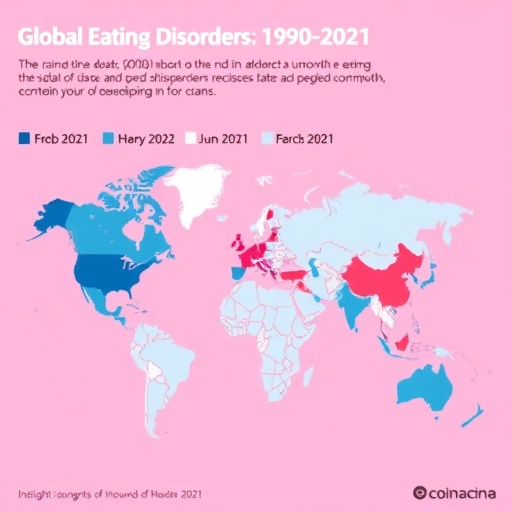Credit: University of Copenhagen, Faculty of Health and Medical Sciences
The skin constitutes the barrier between the body and the outside world. The skin serves various purposes and it protects the body from external impact such as heat, cold, radiation or bacteria while maintaining a stable environment inside the body.
Researchers from the University of Copenhagen have studied large amounts of data from tissue samples of the skin to map its molecules and their functions. They present their results in the world’s first atlas of the human skin, the Proteomic Skin Atlas.
The researchers used discarded skin from surgeries to divide the skin into its various layers and to isolate immune cells from the skin. Subsequently, they have analysed the protein content in these samples. The result is a characterisation of almost 11,000 proteins, a lot of them previously unknown in the skin.
‘The purpose of the atlas is to characterise the molecular composition of healthy human skin, enabling us to compare it to diseased skin. In addition to giving us a broader understanding of the biology of the human skin, we will now be able, through skin biopsies, to determine what leads to diseases and how they develop’, says Assistant Professor Beatrice Dyring-Andersen from the Novo Nordisk Foundation Center for Protein Research.
A Quest Journey into the Skin
One in every four persons will suffer from a skin disease at some point in life, and skin diseases like psoriasis, eczema and autoimmune diseases can be debilitating and significantly reduce the quality of life.
Therefore, the new atlas is a welcome ‘treasure map’ for the researchers at the new LEO Foundation Skin Immunology Research Center at the University of Copenhagen, who will be using the atlas to discover new paths to treatment and possibly recovery from psoriasis, eczema, autoimmune diseases and other conditions among the 3,000 known skin diseases.
‘The atlas can guide us to new parts of the skin and provide insight into molecules and protein networks that we would never have identified otherwise. It is a bit like being an explorer holding a map of new treasure troves of knowledge within immunology’, says Professor Niels Ødum, Executive Director of the LEO Foundation Skin Immunology Research Center.
Data-Driven Skin Research
The Proteomic Skin Atlas is based on analyses of tissue samples conducted using so-called mass spectrometry, a technology that allows the researchers to identify proteins within the sample. The analyses provide the researchers with very large amounts of data which are then processed using advanced computer algorithms. This form of research is called proteomics and it is revolutionizing modern medical research.
“The rapid technological development offers new opportunities for conducting protein analyses of tissue and blood samples. The atlas consists of large amounts of data, and we look forward to having skin researchers from all over the world explore the material and accelerate the research within an otherwise deprioritised field’, says Professor Matthias Mann from the Novo Nordisk Foundation Center for Protein Research at the University of Copenhagen.
###
Read more about ‘the Proteomic Skin Atlas’.
Contact Information
Assistant professor Beatrice Dyring-Andersen
Telefon: +45 35 33 74 36
Mail: [email protected]
Communication Advisor Andreas Westergaard
Telefon: +45 53 59 32 80
Mail: [email protected]
Media Contact
Andreas Westergaard
[email protected]
Original Source
https:/




